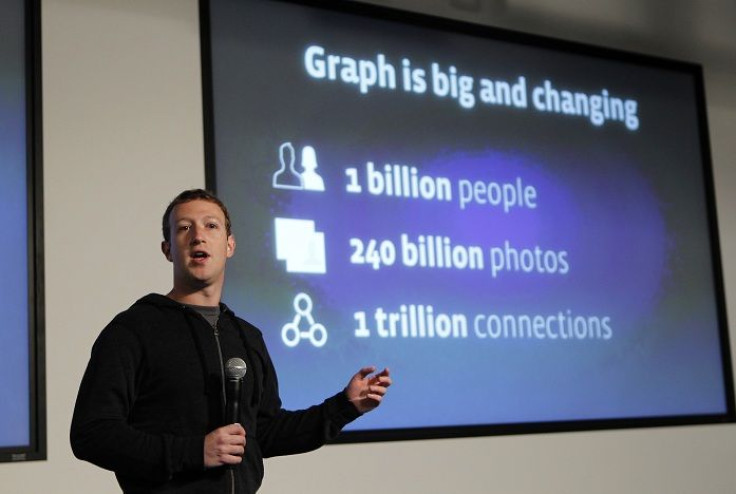Facebook Unveils Graph Search: How The New Personalized Search Engine Works

Facebook held a media event at its headquarters in Menlo Park, Calif., Tuesday to show off what it has been “building,” and it looks like some of the early rumors and speculation turned out to be true. Facebook officially unveiled its revamped search engine, called "Graph Search."
Graph Search almost acts as a digital assistant, making it easier for Facebook users to find friends with common interests and locations that their friends have frequented.
It searches content in four areas: people, photos, interests and places.
Facebook CEO Mark Zuckerberg was sure to specify that this Graph Search was built with privacy in mind.
“Most of the content on Facebook isn’t public, so you want a way to find things that have been shared with you,” he said at the event.
Zuckerberg continued to outline the differences between Graph Search and a public search engine, such as Google or Yahoo. The Graph Search is meant to answer questions specific to the user and will only show relevant results.
“You really need to just ask ‘Who are my friends in San Francisco?’ and get the answer quickly,” he said.
A video demo showed exactly what this search engine can do -- from music that friends can hear to restaurants in particular locations. Graph Search was also showcased as a tool for social sharing while watching television.
“My friends who live in Palo Alto, Calif., and like Game of Thrones,” was one search query demonstrated, and Zuckerberg was then able to find friends to invite for a “small Dothraki party.”
Graph Search also specializes in finding places. To illustrate this function, Zuckerberg searched for Mexican restaurants in Palo Alto, and the search engine retrieved both social signals and signal ratings for the local eateries.
Graph Search also has an auto-complete function, as demonstrated by Facebook’s Tom Stocky, one of the co-creators of the new search engine. According to Stocky, the engine provides answers in order, based on how close a user’s connection is with the friends who turn up in results.
Users can also use natural language in Graph Search, such as “people named Chris who are friends of Lars Rasmussen and when to Stanford.” Results can be refined by all profile information obtained by Facebook, such as employer, school, hometown, etc.
Graph Search is in beta and is only currently available for a small number of U.S. English-speaking users. It’s important to remember that Graph Search follows its user’s current privacy settings, which means that users can only search for content that has already been shared.
Zuckerberg referred to Graph Search as one of the three pillars of Facebook, with the other two being the Timeline and the Newsfeed. The implementation of this new feature puts Facebook on another level when it comes to social media -- it’s made the platform more interactive than it had been prior to this technology, and if it is successful, it can rival the likes of Foursquare and various automated search assistants such as Siri -- if only it supported voice command.
© Copyright IBTimes 2024. All rights reserved.












